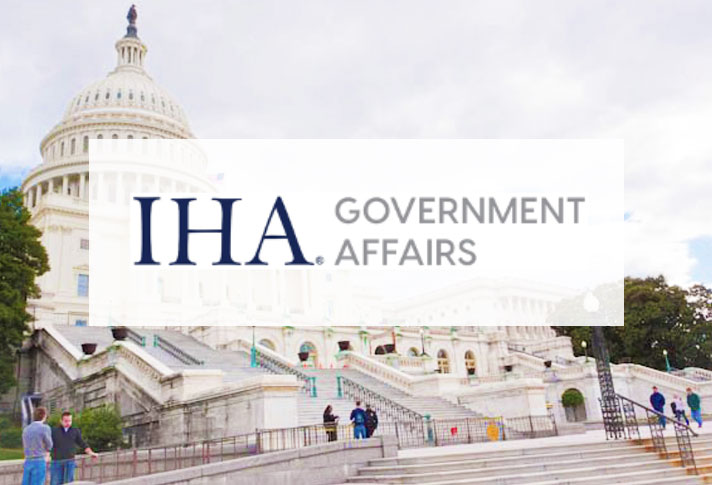According to many economists, a major contributor to inflation in the U.S. economy is federal spending. Congress had already spent $3 trillion in 2020 responding to the pandemic when Democrats took the reins and passed the $1.9 trillion American Rescue Plan in March 2021. This was done despite warnings from economists including former Obama officials who feared more big spending would ignite the inflation that’s now occurring. However, the Administration and Congress continue to spend.
On August 22, President Biden signed the Inflation Reduction Act passed by Democrats. This bill extends higher Affordable Care Act (ACA) subsidies from the American Rescue Plan and allows Medicare to negotiate a short list of prescription drug prices starting in 2026. It also funds green energy programs and extends more robust energy-efficiency tax breaks including those for electric vehicles.
Revenue raisers include a 15% minimum tax on companies making $1 billion annually; a stock buyback tax; and targeted taxes like the “oil superfund tax” that could raise gas prices. Pass-through business loss limitations opposed by a coalition including IHA were also extended, but the coalition was able to stop an expansion of the ACA’s 3.8% investment tax to all business income above $400,000 per year that would have hit sole proprietors, partnerships and S corporations (pass-throughs).
In addition, the Inflation Reduction Act gives $80 billion to the IRS, of which half will be used to hire 87,000 new auditors. The Administration says this won’t generate more audits for those making less than $400,000 per year, but Senate Democrats blocked an amendment to put this in the bill and the Congressional Budget Office (CBO) reports that audits of taxpayers making under $400,000 account for $20 billion of the bill’s revenue projections.
CBO’s 10-year budget estimates for the bill show revenue at $739 billion, spending at $433 billion and deficit reduction at $306 billion, but the spending comes first and deficit reduction later. Plus, the CHIPS & Science Act, a bipartisan bill to bring semiconductor manufacturing back to the U.S., was passed in July with a $280 billion price tag. Simply adding the CHIPS’ $280 billion to the Inflation Reduction Act’s $433 billion comes close to another trillion dollars of spending.
Finally, President Biden’s student loan cancellation and relief measures announced August 24 could add more inflation. The Committee for a Responsible Federal Budget says student debt changes will cost $500 billion over a decade and boost inflation by 15 to 27 basis points over the next year.
With inflation growing before this spate of federal largesse, on August 26 Federal Reserve Chair Jerome Powell said in a speech there will be no letup in interest rate hikes to cool the economy. Powell said the Federal Reserve must continue to raise rates to stop inflation from becoming permanent and that reaching the Fed’s inflation target of 2% “will bring some pain.”



